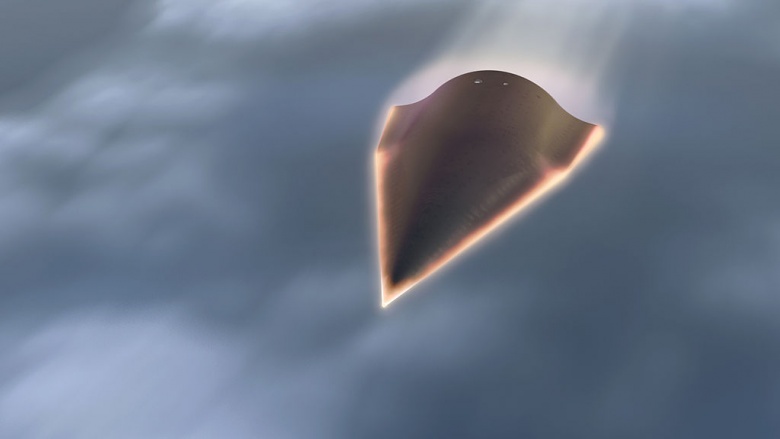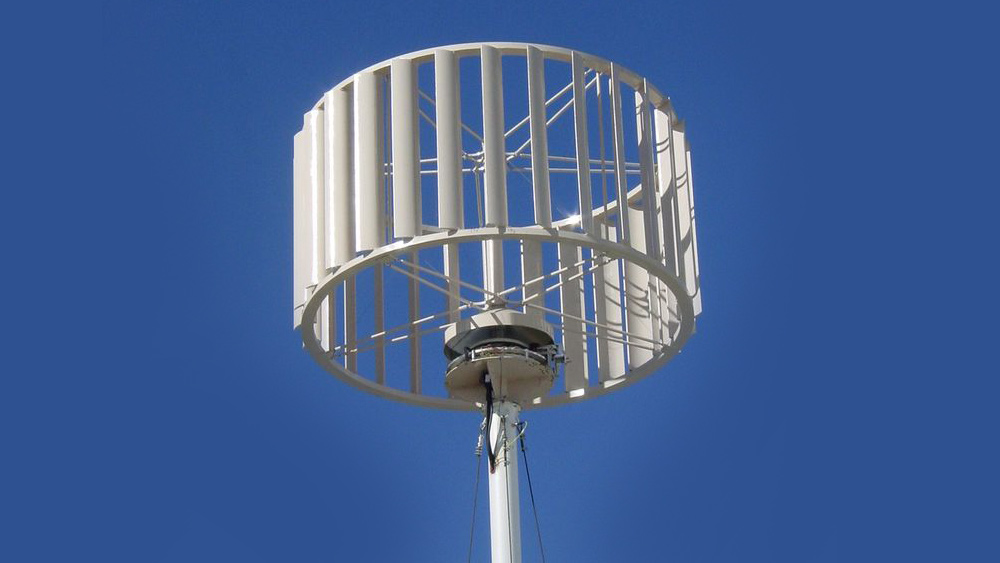Russia to deploy killer robot army amid Ukraine war conflict
04/13/2021 / By Virgilio Marin

Russia will soon integrate robotic killer tanks armed with a variety of weapons into its military forces. Defense Minister Sergei Shoigu inspected the tanks on April 9 at the 766th Production and Technological Enterprise, the factory where the tanks were made, in Nakhabino near Moscow.
The Ministry of Defense of the Russian Federation announced on the same day: “The first unit with strike robots will be set up in the Russian Armed Forces to operate five Uran-9 robotic systems or 20 combat vehicles.”
A Uran-9 robotic system is an unmanned ground vehicle equipped with 30-millimeter automatic guns, anti-tank missiles and flamethrowers. It is the latest model of the Uran series after the mine clearance robot Uran-6 and firefighting Uran-14. These models will be joined by other similar robots that the Russian army plans to develop in the future.
“We expect to continue expanding the range of robots which, of course, are already in demand in the military today,” Shoigu said. “These will be heavy robots (for mine clearance) and everything related to the further development of scouts, radiation and chemical reconnaissance robots. This applies to surface and underwater robots.”
Uran-9 robots were deployed in Syria in 2018 for combat testing but failed to live up to expectations, the National Interest reported. Shortly after the testing, defense ministry researcher Andrei Anisimov told a conference that the robots’ performance in Syria revealed that “modern Russian combat unmanned ground vehicles are not able to perform the assigned tasks in the classical types of combat operations.”
Vladimir Dmitriev, head of Uran series designer Kalashnikov Concern, said last week that the firm had resolved the performance issues identified from the test. “In particular, the issues of control, reduced mobility, and unsatisfactory military intelligence and surveillance functions had been considered by engineers and were rectified,” he remarked. (Related: Russia deploying real-deal “doomsday” weapon that can flood U.S. coastal cities with nuclear tsunamis.)
The ministry said that troops would undergo training to be able to operate the new tank in special military units. This came as increased military buildup by Russia at Ukraine’s eastern border0 heightened the tensions between the two countries.
Tensions rise between Russia and Ukraine
Since the middle of last month, Ukraine and Western governments had been warning that Russia was massing troops around Ukraine’s eastern border and in Crimea, the peninsula south of Ukraine which Russia annexed in 2014.
The Kremlin had been mum about its intentions behind the troop buildup. Dmitry Peskov, spokesperson for Russian President Vladimir Putin, claimed that the large military movements into the regions were “internal affairs” which concerned no one. He later accused Ukraine of staging “provocations.”
Ukraine, Western governments and the North Atlantic Treaty Organization (NATO) were alarmed that Russia had regular units and heavy weapons in separatist-held eastern Ukraine. So far, Putin sent 40,000 troops to Ukraine’s eastern border and another 40,000 to Crimea, BBC reported.
The conflict dated back to Russia’s meddling starting 1991 in clashes involving former Soviet Union territories. But tensions only rose in 2014 when pro-Russian separatists took over the border area of Donbas in eastern Ukraine. This takeover came after Russia’s annexation of Crimea, a move that no other country recognized.
There was a large-scale combat in 2014 but a ceasefire followed in 2015. The condition turned hostile once again but is not yet all-out war. Russia’s use of elite forces, cyber warfare and propaganda in this and other conflicts is “hybrid warfare” – not a hot war but not a cold conflict either, BBC noted. (Related: Russia testing nuclear missiles and submarines in the Arctic as global tensions escalate.)
Analysts speculated several factors fueling Russia’s increasingly aggressive behavior. This includes the possibility that Putin might be challenging the United States, which was fresh off a change of administration from former President Donald Trump, who had been much tougher on Russia than the president before him, to President Joe Biden.
It is unclear if Russia plans to deploy its new-age robot tanks to Ukraine’s borders. But governments around the world and NATO are keeping watch for the possibility of war. It’s also worth noting that Russia’s defense minister specifically ordered designers to improve the tanks’ ability to withstand the effects of “strong electromagnetic radiation as well as radioactive pollution.”
Visit WWIII.news to learn more about Russia and how close it is to provoking a third world war.
Sources include:
Tagged Under: Biden regime, Crimea, Donald Trump, future tech, government, Joe Biden, killer robots, military, military tech, national defense, national security, NATO, Nuclear threat, nuclear war, radiation, robot army, robotics, robots, Russia, Russia-Ukraine conflict, terminators, Ukraine, Vladimir Putin, War, weapons, World War III
RECENT NEWS & ARTICLES
COPYRIGHT © 2017 FUTURETECH.NEWS
All content posted on this site is protected under Free Speech. FutureTech.news is not responsible for content written by contributing authors. The information on this site is provided for educational and entertainment purposes only. It is not intended as a substitute for professional advice of any kind. FutureTech.news assumes no responsibility for the use or misuse of this material. All trademarks, registered trademarks and service marks mentioned on this site are the property of their respective owners.





















